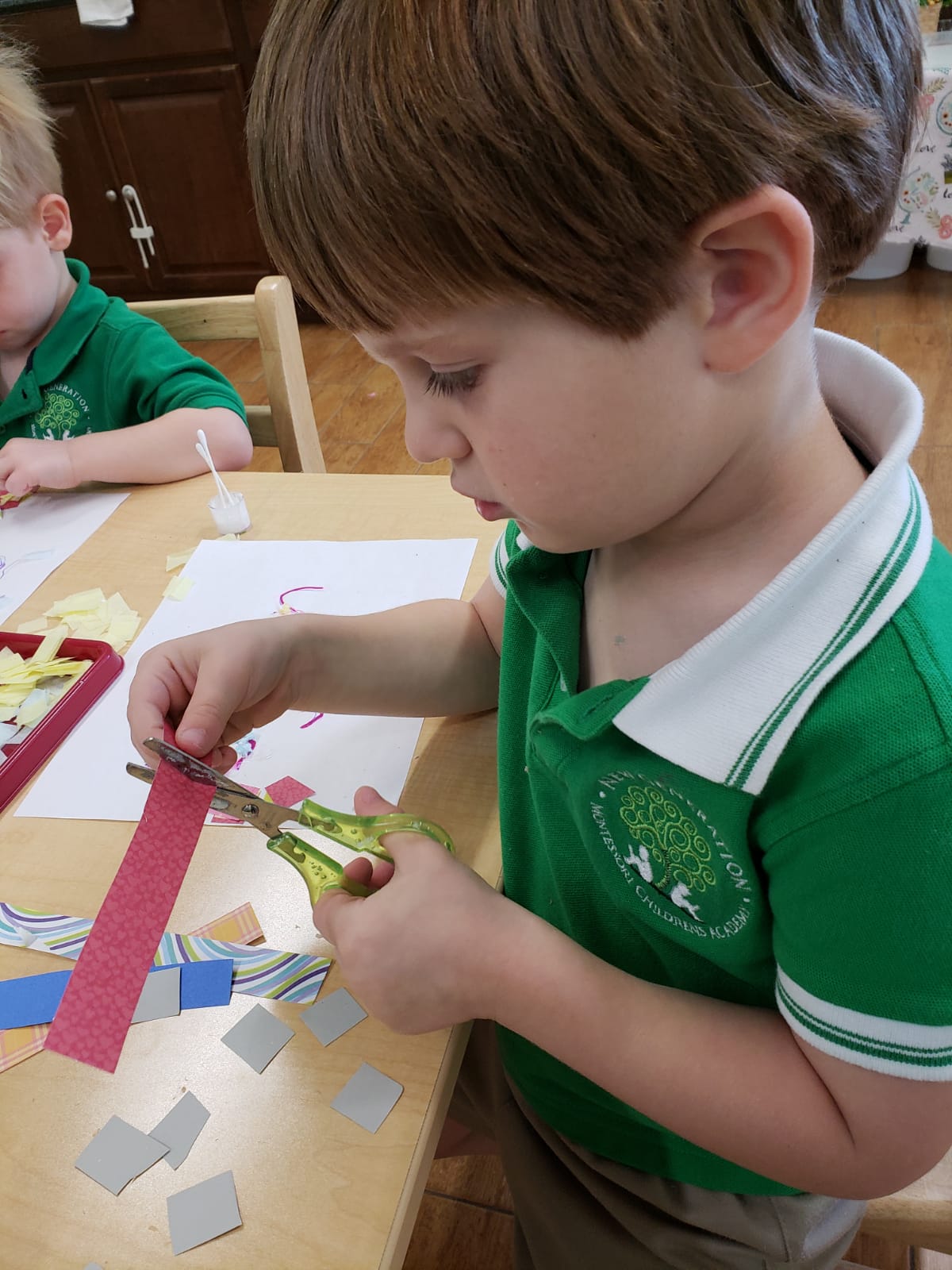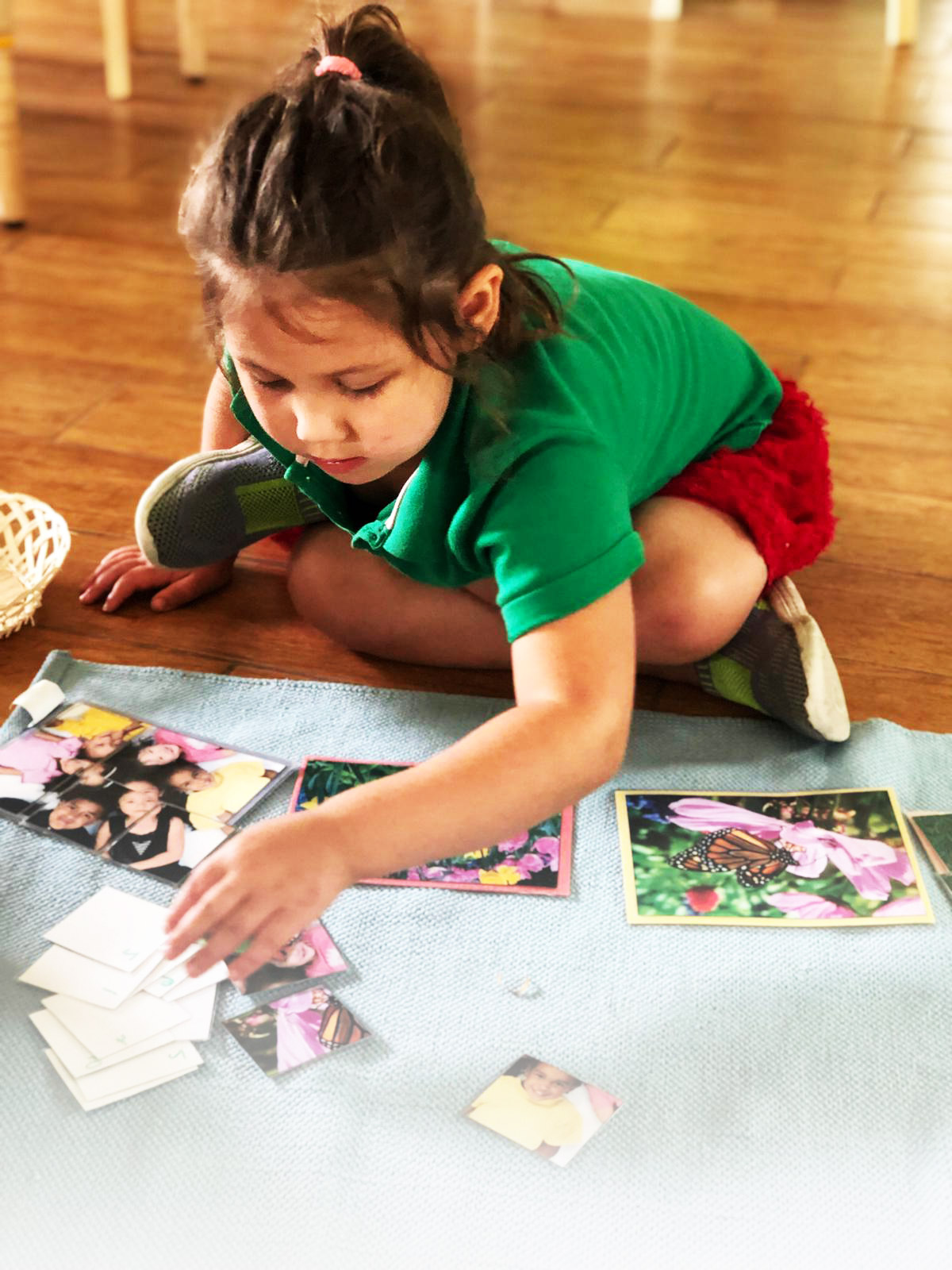welcome
At New Generation Montessori Academy, we embrace the Montessori Method—a child-centered approach to education developed by Dr. Maria Montessori through scientific observation of children from birth to adulthood. For over 100 years, this time-tested method has thrived across cultures worldwide.
The Montessori philosophy recognizes each child as naturally curious, eager to learn, and capable of initiating their own growth when placed in a supportive and thoughtfully prepared environment. It nurtures the whole child—physically, socially, emotionally, and cognitively—while honoring their individuality and spirit.

Montessori Required Components
For a program to be considered authentically Montessori, several key components must be in place:
-
Multi-age groupings that encourage peer-to-peer learning and leadership.
-
Uninterrupted blocks of work time that allow children to focus deeply and develop concentration.
-
Guided choice of activities, giving children the freedom to explore while receiving gentle direction from the teacher.
These elements are supported by a complete set of specially designed Montessori learning materials, thoughtfully arranged in a beautiful, orderly environment. Together, they create a classroom that inspires independence, curiosity, and a lifelong love of learning.
The Montessori Learning Triangle
In Montessori education, the guide (teacher), the child, and the environment form a dynamic learning triangle. The guide carefully prepares the classroom environment to foster independence, freedom within limits, and a sense of order.
Within this setting, the child explores and learns through individual choice, engaging with the materials and experiences the environment provides. The guide steps in with support and direction only when needed, allowing the child to develop confidence, responsibility, and a love of learning.

Multi-age Groupings: A Hallmark of the Montessori Method
One of the most distinctive features of the Montessori Method is the use of multi-age classrooms, where children of different ages learn and grow together. Rather than separating students strictly by age, Montessori environments are intentionally designed with a three-year age span. This structure creates a community where every child has a unique role, much like in a family.
In this setting, younger children benefit from observing and learning from their older peers. They are inspired by what lies ahead, naturally motivated to try new challenges, and comforted by the guidance of more experienced classmates. Older children, in turn, gain leadership skills and deepen their understanding by teaching and mentoring those who are younger. This cycle of learning by doing and learning by teaching fosters confidence, empathy, and cooperation.
We cannot create observers by saying ‘observe’, but by giving them the power and the means for this observation and these means are procured through education of the senses.

